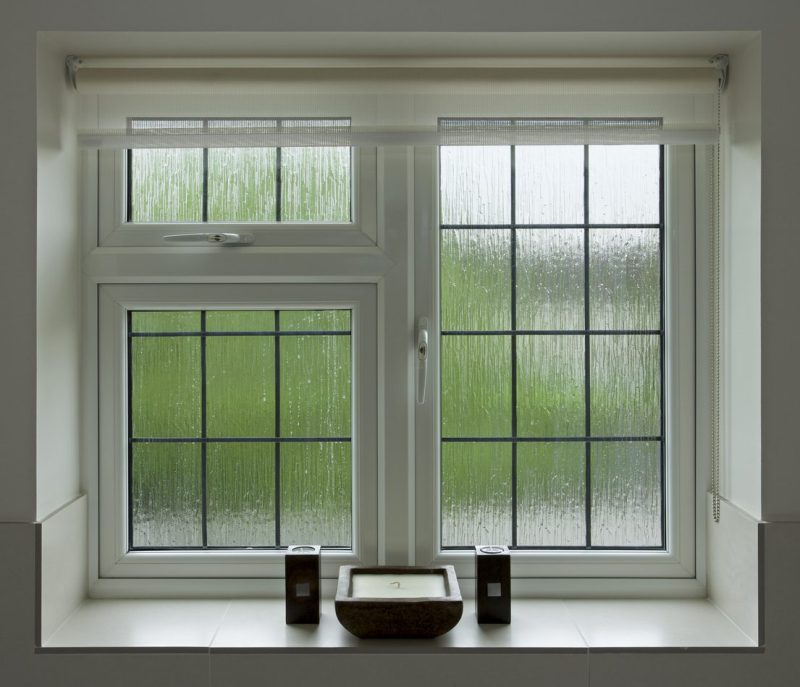All Categories
Featured
Table of Contents
Keeping Your Cool: The Benefits Of Double Glazed ... in St James Perth
That window can transmit more solar heat in winter than in summertime. A west-facing window on a summer's afternoon has an angle of occurrence from near 0 approximately 30 with a big reliable location of solar radiation. A north-facing window, in summer, has a high angle of occurrence and a low efficient location of solar radiation, so can transmit less heat than a west-facing one.

You can rapidly and easily improve the thermal performance of your house by changing your windows. This is one of the most reliable techniques of remodelling to achieve enhanced thermal convenience. There are thousands of kinds of glass and frames to select from. Choosing the right ones is very important to enhancing the energy efficiency of your home.
Improve Your Home's Energy Efficiency With Double Glazing in Bateman Western Australia
There are several types of glass items to pick from. Single glazing utilizes a single pane of glass. Single glazing with clear glass is not very effective when it pertains to heat loss or gain. To improve performance, you can utilize single glazing with a more energy-efficient kind of glass such as low emissivity (low-e) glass.
The energy performance of IGUs likewise depends on: the residential or commercial properties of each layer of glass. Different glass types (for example, clear and low-e glass) can be put together in an IGU.
Double Glazing Windows - The Best Installers In The Uk ... in Kingsley Perth

IGU cavities can be filled with air or a more inert, low-conductivity gas such as argon the width of the cavity. Cavity thickness is usually 6 to 18mm. Larger cavities supply lower (better) U values, with 12mm normally accepted as the preferred space how well the cavity is sealed. Cavities must be dry and well sealed to avoid moisture getting in.
If argon is installed to the cavity in location of air, wetness is reliably omitted the level of desiccant (drying agent). The spacer (metal or polymer strip) that separates the glass layers includes a desiccant to take in any wetness. Inadequate desiccant may cause wetness to condense on the glass surface in cold conditions, minimizing thermal efficiency.
The Ultimate Guide To Double Glazed Windows in Lakes Western Australia
IGUs can deliver much better energy performance for all environments, specifically in heated and air-conditioned houses. Cross-section detail of single, double and triple-glazing systems Low emissivity glass (typically called low-e glass) decreases heat transfer. Low-e glass may be either high or low transmission: High transmission low-e glass has a finish that allows daylight from the sun to pass into the home to achieve great solar heat gain, but decreases the amount of the long wavelength infrared heat that can get away back through the window.
Low-e glass has either a pyrolytic finish or a vacuum-deposited thin movie metal finishing. Pyrolytic finishings are resilient and can be used for any glazing; vacuum-deposited coatings are soft and are just used within IGUs. Low-e coatings can significantly enhance both U value and SHGC; nevertheless, they should be used properly or they will either weaken or stop working to carry out as needed.
Why Do You Need Double Glazing Windows In Summer? in Kallaroo Western Australia
Low-e coverings can be used in mix with clear, toned or reflective glass. Low-e finishes on glazing can minimize heat transfer where needed Picture: Department of Industry, Science, Energy and Resources Toned glass has colouring ingredients included throughout manufacture. It is offered in different colours, typically bronze, grey, blue and green.
Latest Posts
Secondary Glazing: A Buyers Guide in Bibra Lake WA
Double Glazing in Swan View WA
Double Glazed Windows In The Summer in Myaree Western Australia